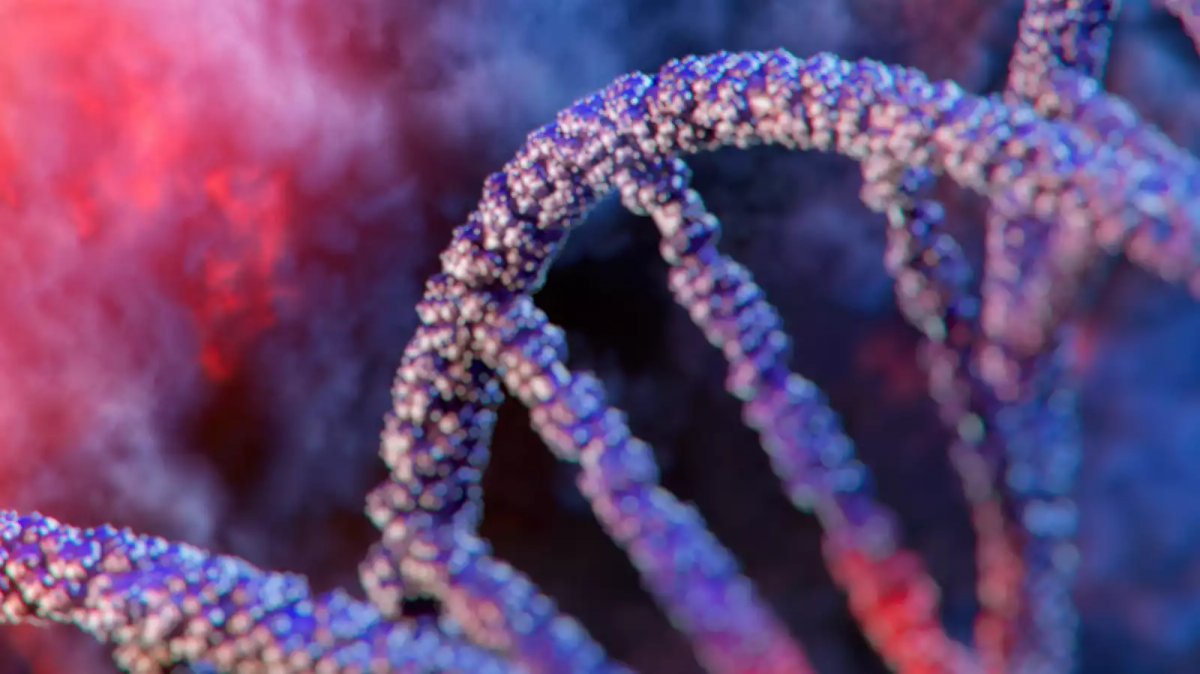It is a huge treasure trove of data that can provide scientists with important insights: environmental DNA. These are genetic traces that organisms leave behind in the environment via skin cells or spores. A pilot project is currently underway at the Hessian State Office for Nature Conservation, Environment and Geology (HLNUG) to investigate these tiny genetic carriers.
Advertisement
The HLNUG experts from various disciplines have examined whether environmental DNA (eDNA), which air measuring stations record from the air, is suitable for identifying living creatures in the environment. The air measuring stations were originally designed only to collect fine dust from the air in order to measure air quality.
Project coordinator Simon Thorn draws an initial positive conclusion. It has been shown that the chosen method is fundamentally suitable for collecting and analyzing DNA from the environment. For example, the collected eDNA remains intact with the filter storage method chosen.
Air-dried DNA
“Normally, DNA or substrates from which DNA is to be extracted would be stored with pure alcohol or at freezing temperatures,” explains Thorn. This is necessary to contain the decay of the long molecular chains. However, the filters from the air measuring stations are only dried. “And it still worked.” What this means is that the subsequent analysis of the eDNA delivered usable results; the long strands of genetic material were not too crumbled to be able to read which creatures the filters had picked up eDNA from.
Although the scientists primarily tested the method, they can also make initial statements about the content. “You can roughly say that around a third of the environmental DNA collected are fungal spores,” explains Thorn. This is not surprising because spores have excellent shelf life. However, a quarter come from arthropods, mostly from the group of insects. In addition, another quarter comes from vertebrates. The rest is a colorful mix of other creatures.
The eDNA is assigned via reference databases in which the genetic material of many plants and animals is stored. “There are groups that are well recorded and well researched, for example birds,” says Thorn. This also applies to butterflies and beetles.
Mud whippers searched and found
The HLNUG had collected 112 samples of filters with different materials, they were of different ages and came from different locations. “This is an absolutely great method because it can be easily standardized,” confirms Thorn. In addition, analysis technology is improving rapidly and the air measuring stations are already available as material collectors.
The scientist hopes that the study of eDNA will, among other things, provide “hints about species or connections that we may have previously overlooked.” As an example, he cited a study in which eDNA was filtered from water and searched for the rare mud whip, a 20 to 30 centimeter long demersal fish. After the mass screening, the waters with positive results were specifically checked for the fish species. “And new deposits have actually been found.”
(dz)
To home page
